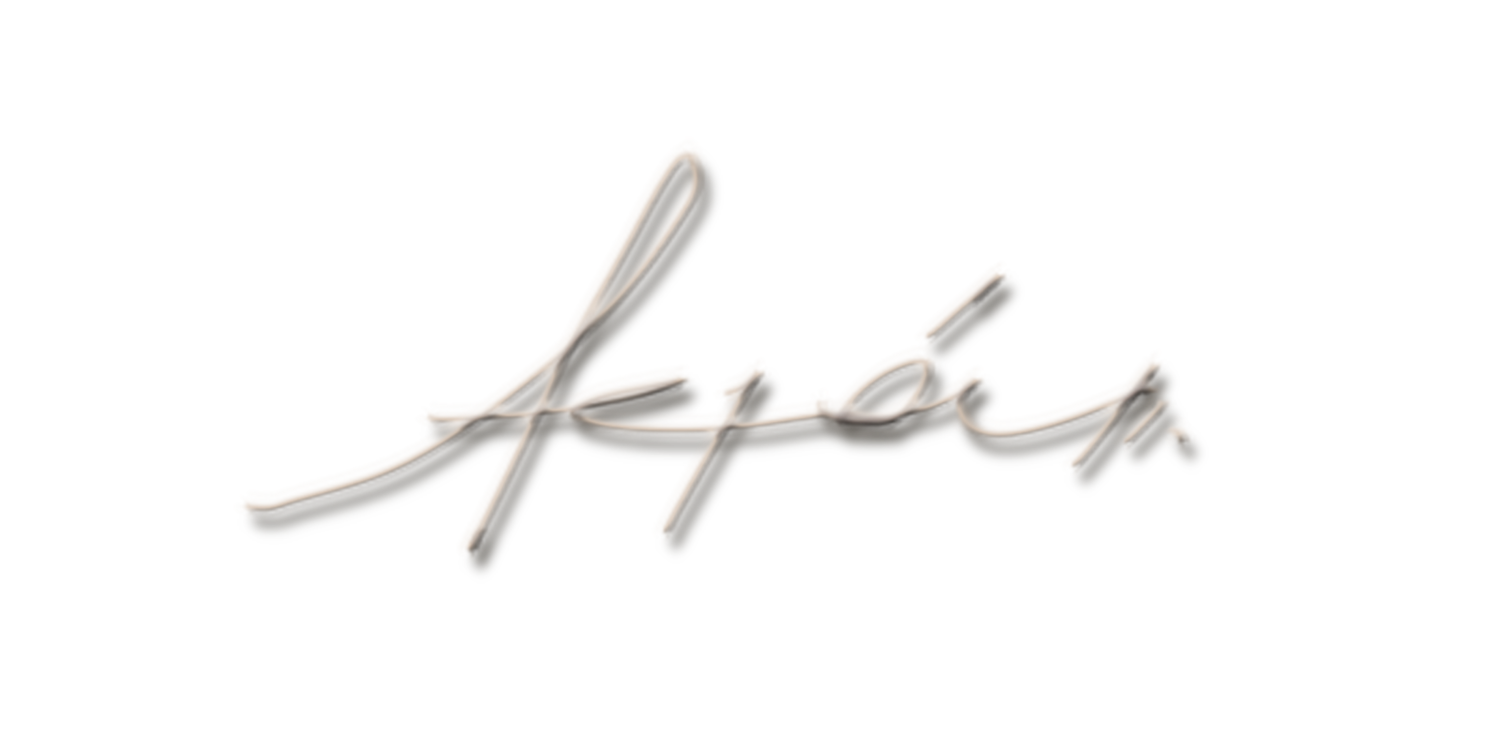I had to write an essay about my painting for the Blossom II: Art of Flowers show. I think it summarizes what I have being talking about so far on this blog, so I decided to post it:
I come from an artistic family, which allowed me to learn my craft and get familiar with many different techniques from a young age. While I am very adventurous and I have studied various modern and post-modern schools of thought, there is something about realism and its derivatives that has always fascinated me. From Rembrandt to Chuck Close, I enjoy studying the representational process, each artist’s motivation and more importantly, their personal technique.
While at school, I became familiar with classical under-painting techniques, more specifically grisaille. I fell in love with it to the point that I have used grisaille almost exclusively in my figurative painting. After a couple of months working with it, I decided to give it a personal twist and execute grisaille with acrylics. It was only fitting, given the technique’s labor intensive layer application process, that I should try to master it with a media that dries quickly.
To my surprise, this combination proved to offer me some deep and rich color combinations. It allowed me to deconstruct colors and the way I apply them to the canvas. Along with contemporary tools such as image processing software, it has shaped the way I conceive and present a work of art. This blend of classical and modern techniques has managed to influence my work more than the work of any one particular artist.
“Breezin” is the latest chapter in my quest to reinterpret realism, understood from my own point of view. I part from that primal impressionistic concept of the pigment itself, the texture of paint daubs on a canvas as elements of beauty; and I mix it with the aesthetics of photo-realism. The result is a painting that flirts with hyper-realism yet it maintains a raw, organic, quality.
An excerpt from my blog, about this painting:
Aron Ortega
I come from an artistic family, which allowed me to learn my craft and get familiar with many different techniques from a young age. While I am very adventurous and I have studied various modern and post-modern schools of thought, there is something about realism and its derivatives that has always fascinated me. From Rembrandt to Chuck Close, I enjoy studying the representational process, each artist’s motivation and more importantly, their personal technique.
While at school, I became familiar with classical under-painting techniques, more specifically grisaille. I fell in love with it to the point that I have used grisaille almost exclusively in my figurative painting. After a couple of months working with it, I decided to give it a personal twist and execute grisaille with acrylics. It was only fitting, given the technique’s labor intensive layer application process, that I should try to master it with a media that dries quickly.
To my surprise, this combination proved to offer me some deep and rich color combinations. It allowed me to deconstruct colors and the way I apply them to the canvas. Along with contemporary tools such as image processing software, it has shaped the way I conceive and present a work of art. This blend of classical and modern techniques has managed to influence my work more than the work of any one particular artist.
“Breezin” is the latest chapter in my quest to reinterpret realism, understood from my own point of view. I part from that primal impressionistic concept of the pigment itself, the texture of paint daubs on a canvas as elements of beauty; and I mix it with the aesthetics of photo-realism. The result is a painting that flirts with hyper-realism yet it maintains a raw, organic, quality.
An excerpt from my blog, about this painting:
“I purposely reserved some areas of the painting where, if you look closely, you will see brush strokes from the initial 'gray' thin coat I applied as I was getting started. That "richness" in my opinion is worth the time and effort, because it brings an additional blending element. More importantly, it emphasizes the fact that this is a painting, not a photograph. I want the audience to appreciate the painting's photographic quality, but I also want them to see the different kinds of strokes and textures obtained by the brushes. To me, that is what makes a realistic painting interesting and alive.”
Aron Ortega




